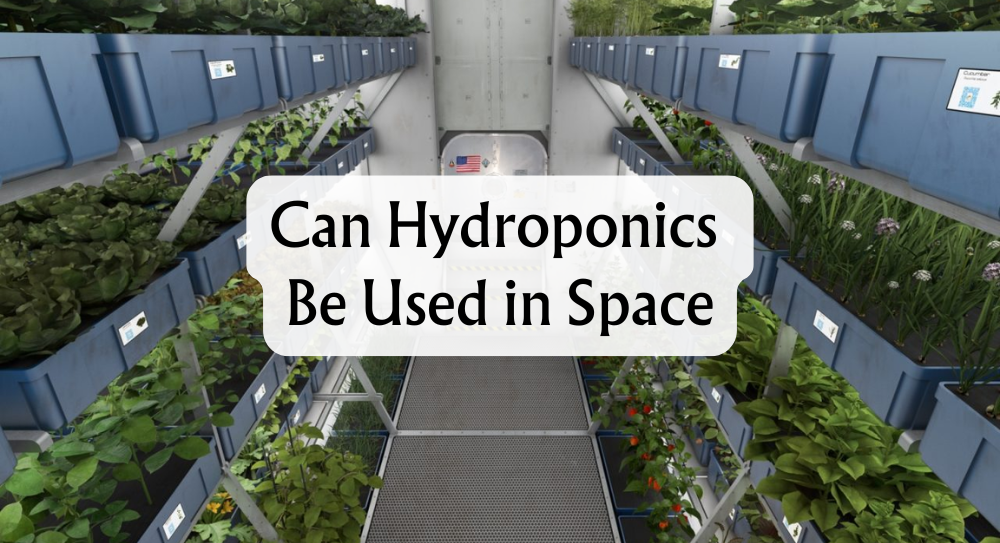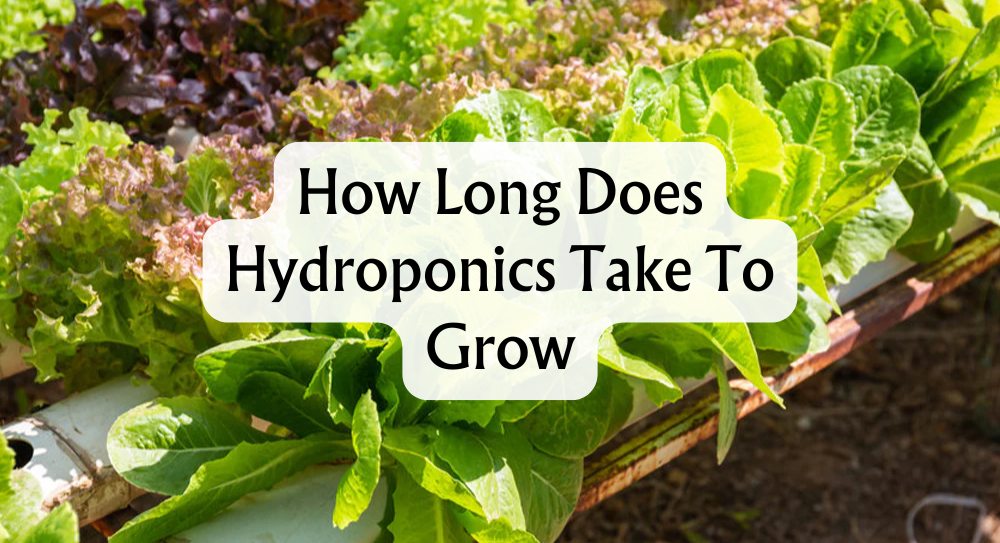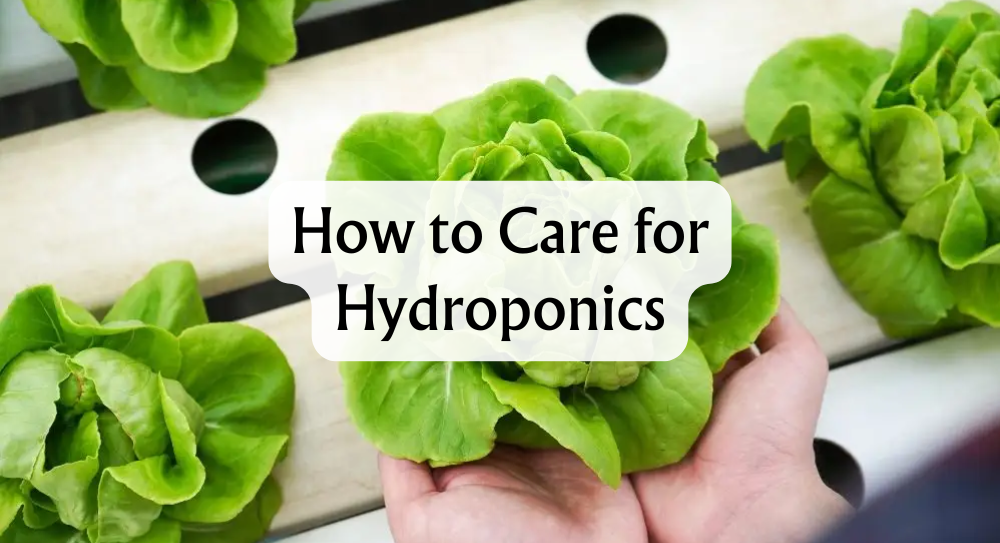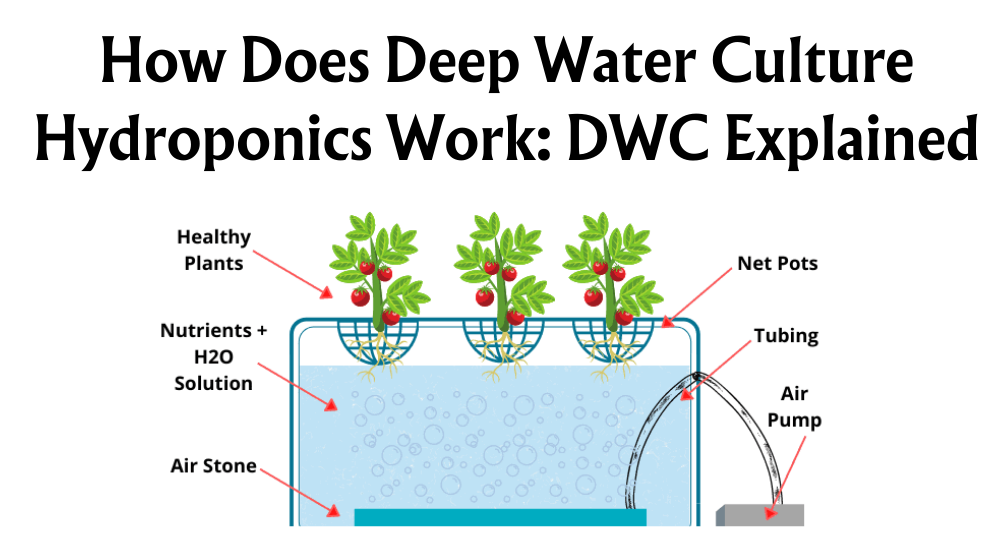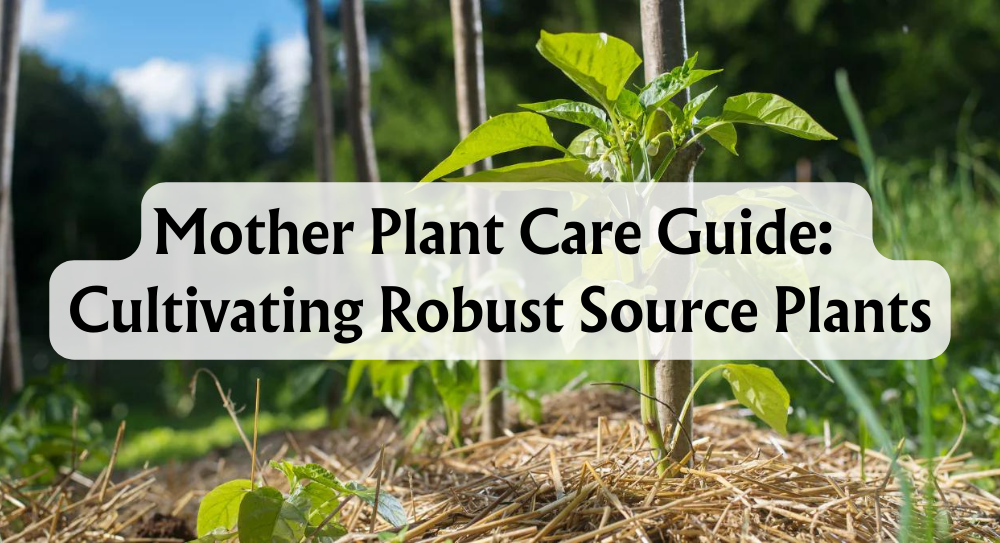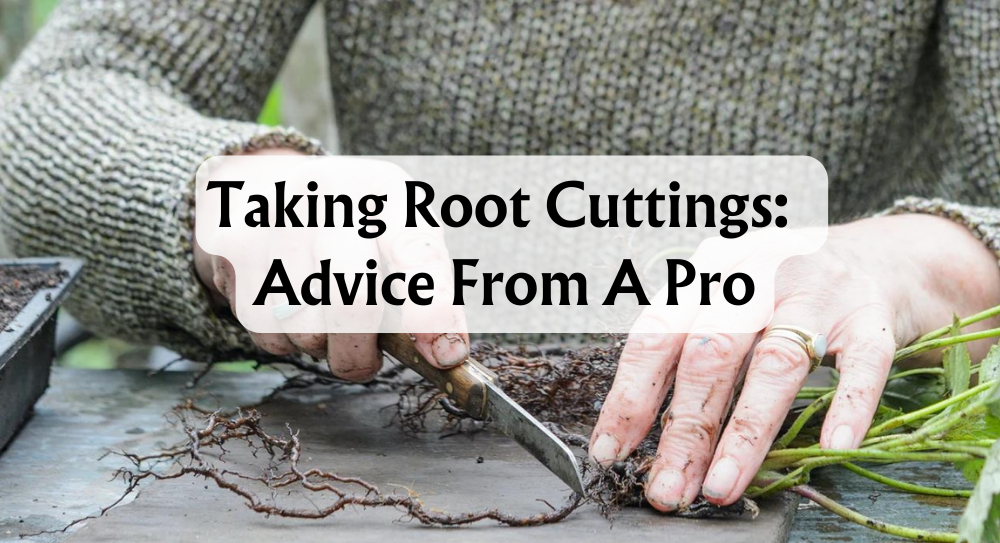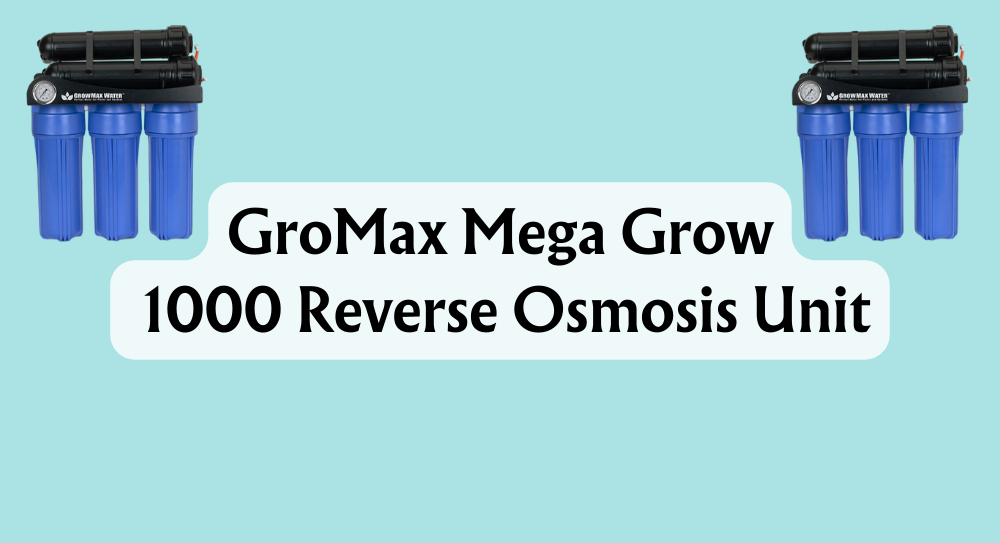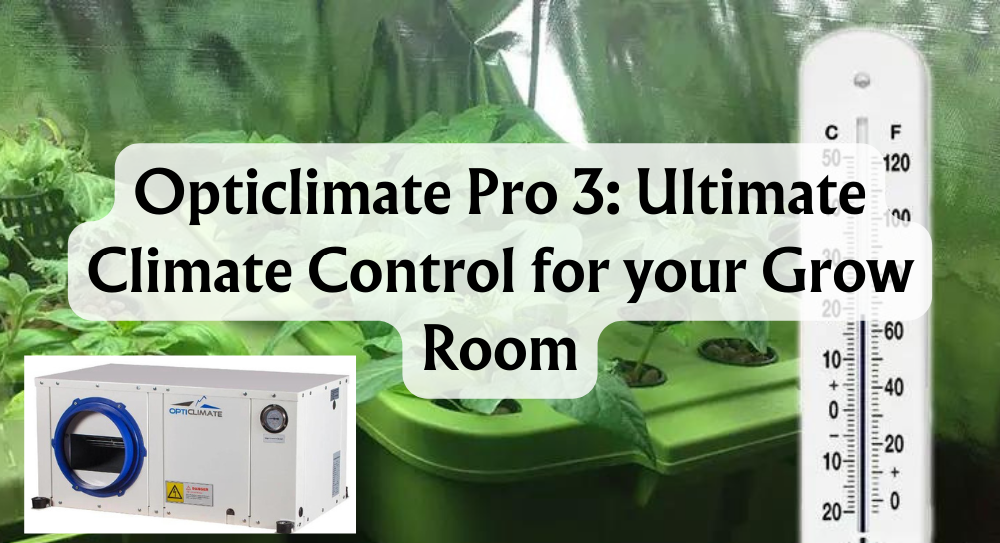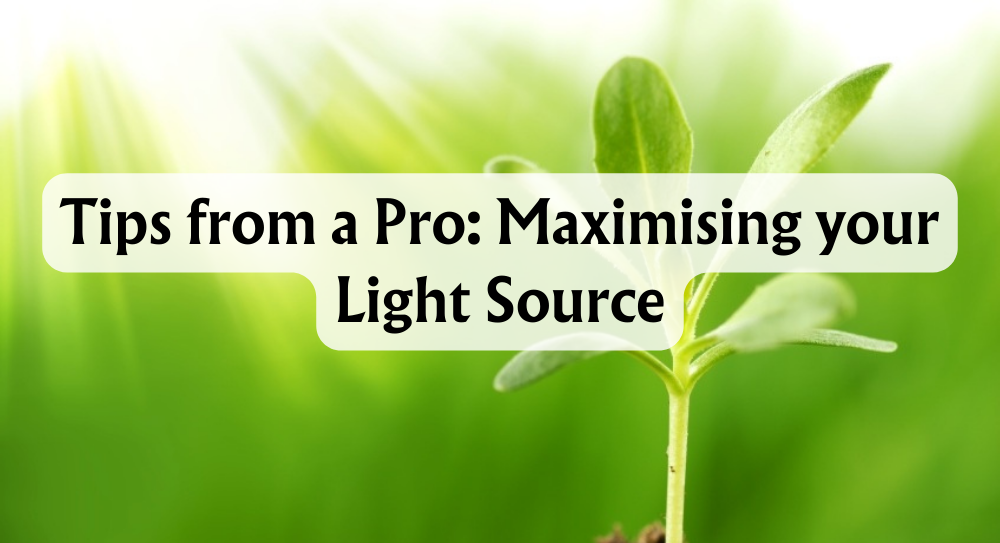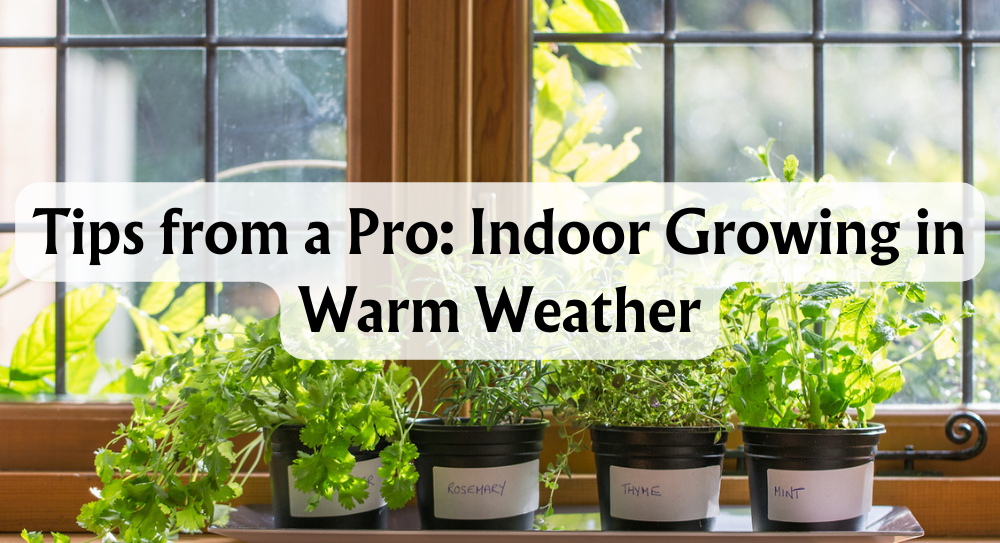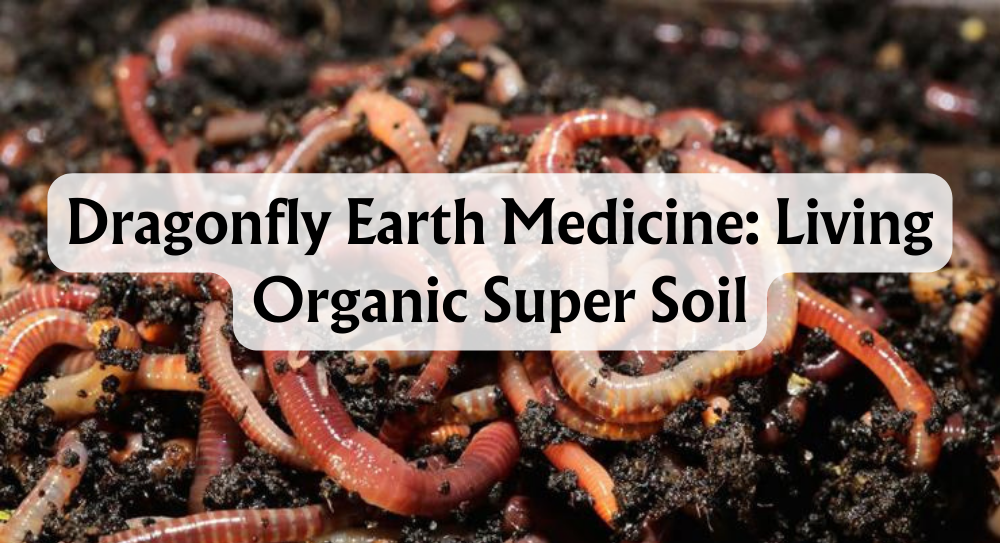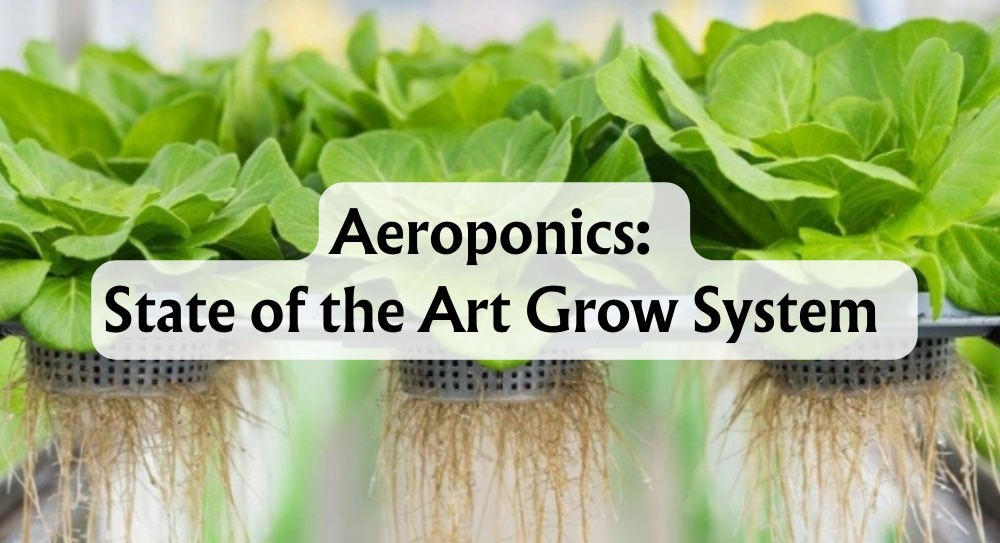Embarking on a hydroponic journey brings a unique opportunity to grow plants more efficiently and sustainably without soil. This innovative method enables us to maximise plant health and yields by controlling water, nutrients, and environmental conditions. For those seeking to refine their practice, understanding optimal water quality, nutrient balance, and system maintenance are key components.
Our shared goal is to optimise hydroponic systems to achieve better harvests. By meticulously monitoring and adjusting factors like pH levels and oxygen availability, we can unlock the full potential of our plants. This blog explores practical tips and proven strategies to enhance your hydroponic outcomes and enrich your growing experience.
Key Takeaways
- Hydroponic farming enables efficient soil-free plant growth.
- System optimisation maximises plant health and yields.
- Control water quality, nutrients, and pH levels for best results.
What Is Hydroponic Farming?
Hydroponic farming is a soil-less method of growing plants where nutrients are delivered directly to the plant roots through water. This innovative technique allows us to cultivate crops in a controlled environment, often using a soilless medium like clay pellets or coconut coir to support the root system.
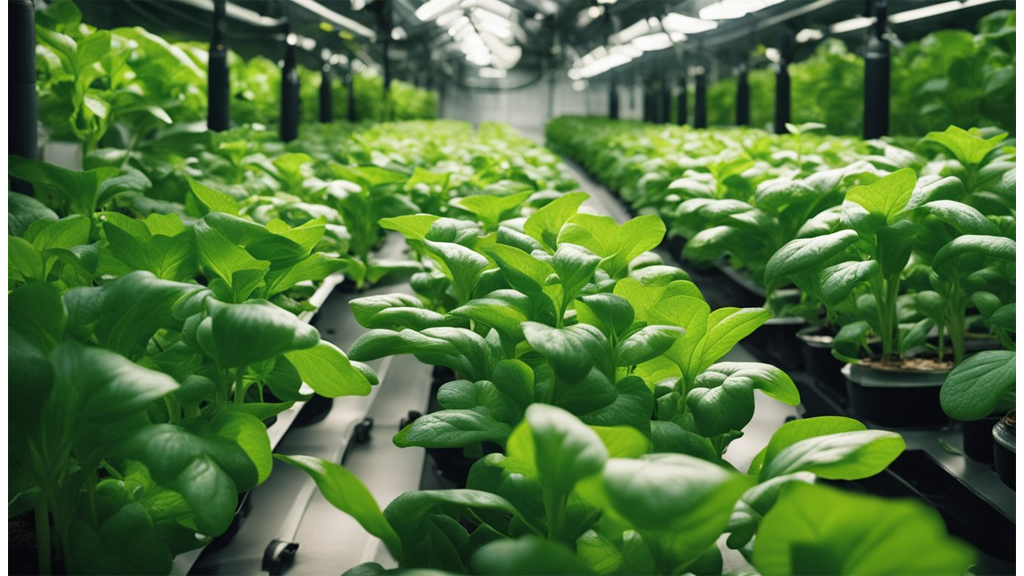
Advantages of Hydroponic Farming:
- Uses up to 90% less water than traditional farming, making it highly efficient.
- Plants often grow faster due to precise nutrient delivery.
- Can be implemented in areas unsuitable for traditional farming, such as urban settings or regions with poor soil quality.
One of the standout benefits of hydroponics is its efficient water use. By recirculating nutrient-rich water, we can significantly reduce water wastage, benefiting both the environment and our water bills.
Faster plant growth occurs because nutrients are readily available, without any of the limitations imposed by soil. This direct access often results in higher yields in a shorter time span, allowing us to harvest produce more frequently.
Moreover, hydroponic setups can thrive in places where traditional farming wouldn't be feasible. By utilising vertical farming techniques, we can make the most of space in urban areas, ensuring local and fresh produce even in city centres. Arid and rocky regions also benefit, as soil quality limitations become irrelevant.
In summary, hydroponic farming represents a sustainable and forward-thinking approach to agriculture, addressing many of the challenges faced by traditional methods.
How To Increase Yields
By improving light intensity, selecting the best hydroponic system, and ensuring optimal environmental conditions, we can substantially increase yields in our hydroponic gardens. Other crucial factors include pruning plants effectively and providing a balanced nutrient supply.

Increase Light Intensity
Adequate lighting is crucial for robust plant growth. In hydroponics, we often find LED grow lights and High-Intensity Discharge (HID) lights to be the most effective. LEDs, known for energy efficiency, offer full-spectrum light. HIDs provide intense illumination, suitable for larger setups. A study showed significant increases in hydroponic lettuce yields with heightened light intensity. For best results, ensure the lights are positioned correctly to cover all areas evenly, avoiding shadowed spots which might hinder growth.
Use the Right Hydroponic System
Choosing the appropriate system depends on crop type, available space, and maintenance requirements. Popular systems include the Nutrient Film Technique (NFT), Deep Water Culture (DWC), and Aeroponics. For example, a commercial NFT system for leafy greens reported thriving success due to continuous nutrient flow. Consider the NFT system for small spaces, as it supports high-density planting. The DWC system is ideal for larger plants, while Aeroponics maximises oxygen absorption, enhancing root development. Tailor the system to your crops to boost efficiency and yield.
Prune Your Plants
Pruning enhances plant health by improving air circulation and light penetration, while reducing disease risk. Effective techniques include topping, where the main stem is cut to promote bushier growth, and lollipopping, which removes lower leaves for better airflow. For tomatoes, we can follow a simple guide to prune effectively, focusing on removing suckers and side branches. By pruning regularly, we ensure plants focus energy on fruitful parts, thus boosting yields by concentrating resources where they’re needed most.
Plentiful Oxygen Availability
Oxygen is vital for nutrient absorption and root health. To enhance dissolved oxygen in nutrient solutions, we can employ aeration systems or use oxygenating agents. Studies show increased oxygen levels can significantly boost basil growth in hydroponics. Utilising air stones and pumps will enhance water movement, preventing stagnation while increasing oxygen levels. This promotes vigorous root growth, leading to healthier plants and greater yields.
Use Coco Coir Whenever Possible
Coco coir, a sustainable medium, excels in water retention and pest resistance. Compared to rockwool and perlite, coco coir provides better moisture retention and root aeration. Moreover, as a renewable resource, its environmental impact is minimal. In strawberry cultivation, yields are notably higher with coco coir than rockwool due to its ability to maintain consistent moisture levels without suffocating roots, ensuring plants receive what they need to thrive without excess or deficiency.
Control Temperature
Maintaining optimal temperature is key in hydroponics. Most crops thrive between 18-24°C. Fluctuations can stress plants, affecting growth and yield. We utilise HVAC systems, insulation, and shade cloths for regulation. In greenhouses growing peppers, careful temperature management through these strategies maintains ideal conditions, preventing stress and boosting yields. Monitoring and adjustments ensure plants remain in their optimal temperature range, regardless of external conditions.
Maintain Balanced Nutrients
A balanced nutrient mix is crucial for robust growth. Common deficiencies include nitrogen, phosphorus, and potassium, each manifesting in unique leaf discolourations. Regularly testing with EC and pH meters helps maintain nutrient balance. A hydroponic lettuce farm resolved nutrient imbalances by frequent testing and adjustments. By ensuring nutrient solutions are adjusted accurately, we preempt deficiencies, promoting uniform growth and enhancing overall yields.
Conclusion
Improving our hydroponic systems is both accessible and profitable. Through consistent monitoring and maintenance, yields can flourish. Keeping a close eye on water quality and nutrient balance plays a crucial role. As we adapt these best practices, we're setting the stage for successful harvests.
Light is another pivotal factor. Efficient lighting solutions such as LED grow lights ensure that plants receive optimal growth stimulus. They use less energy and generate less heat compared to traditional options.
We also shouldn't forget the importance of careful plant selection. Choosing crops that thrive best in hydroponic environments can increase success rates. Leafy greens and herbs often perform well and provide quick returns.
Let’s remember the impressive water efficiency of hydroponics. We can save up to 90% more water than traditional soil-based methods, thanks to water recirculation systems. This not only conserves precious resources but lowers operating costs too.
By integrating these strategies, we're positioned to take full advantage of this innovative method. The potential benefits, from reduced water usage to the flexibility of indoor farming, offer promising solutions for sustainable agriculture. We encourage the implementation of these practices to transform our hydroponic setups into thriving ecosystems.







 Store Locator
Store Locator

